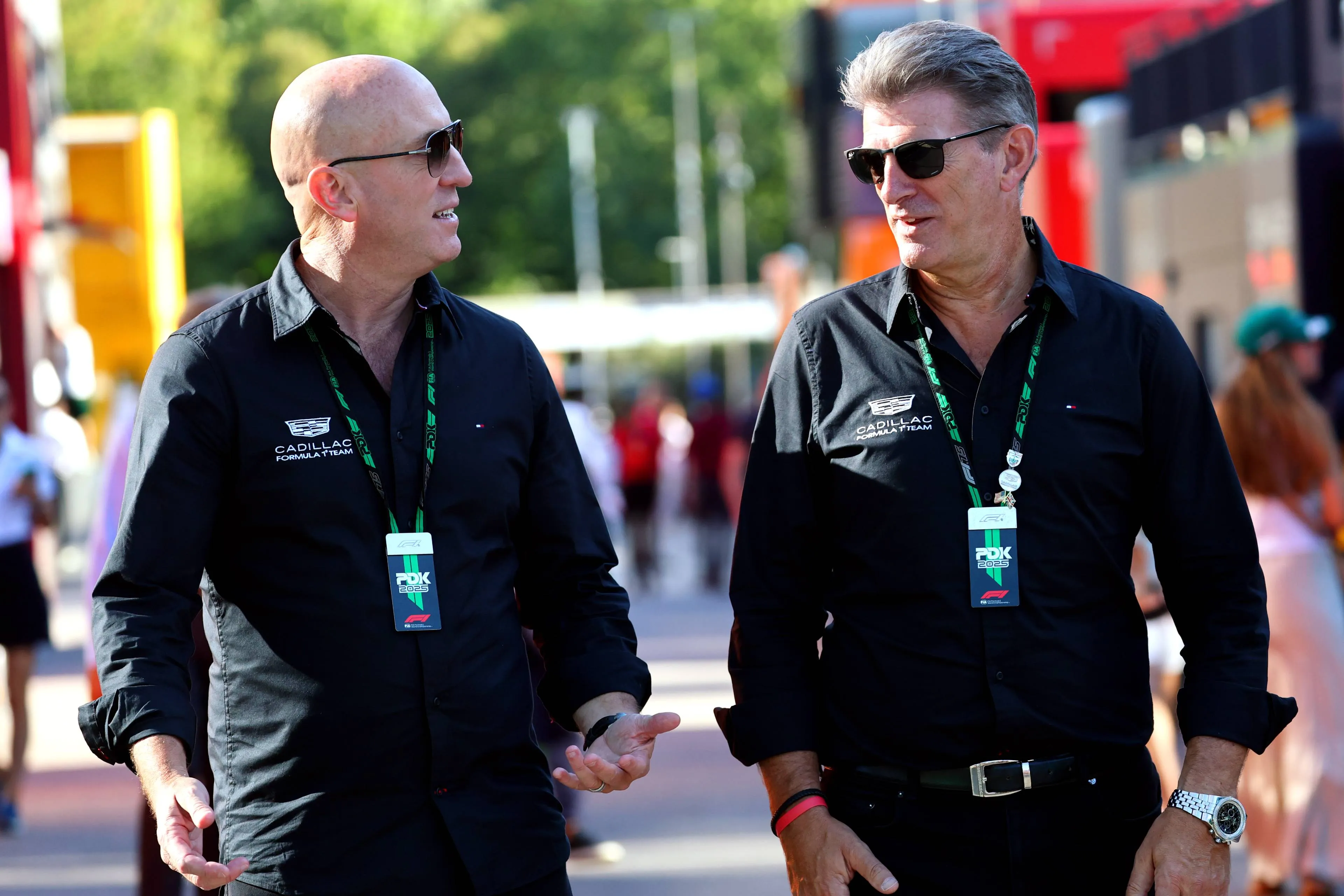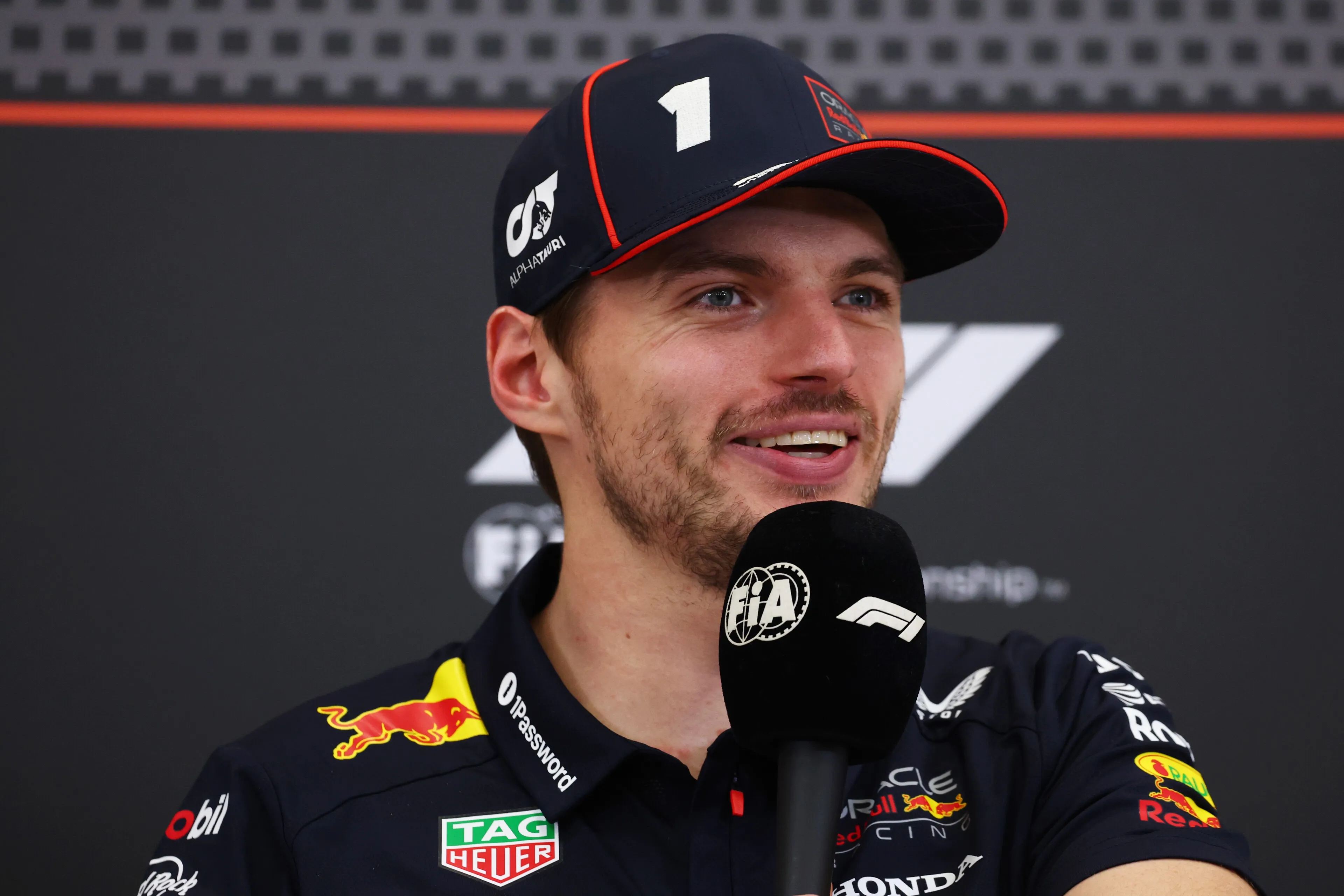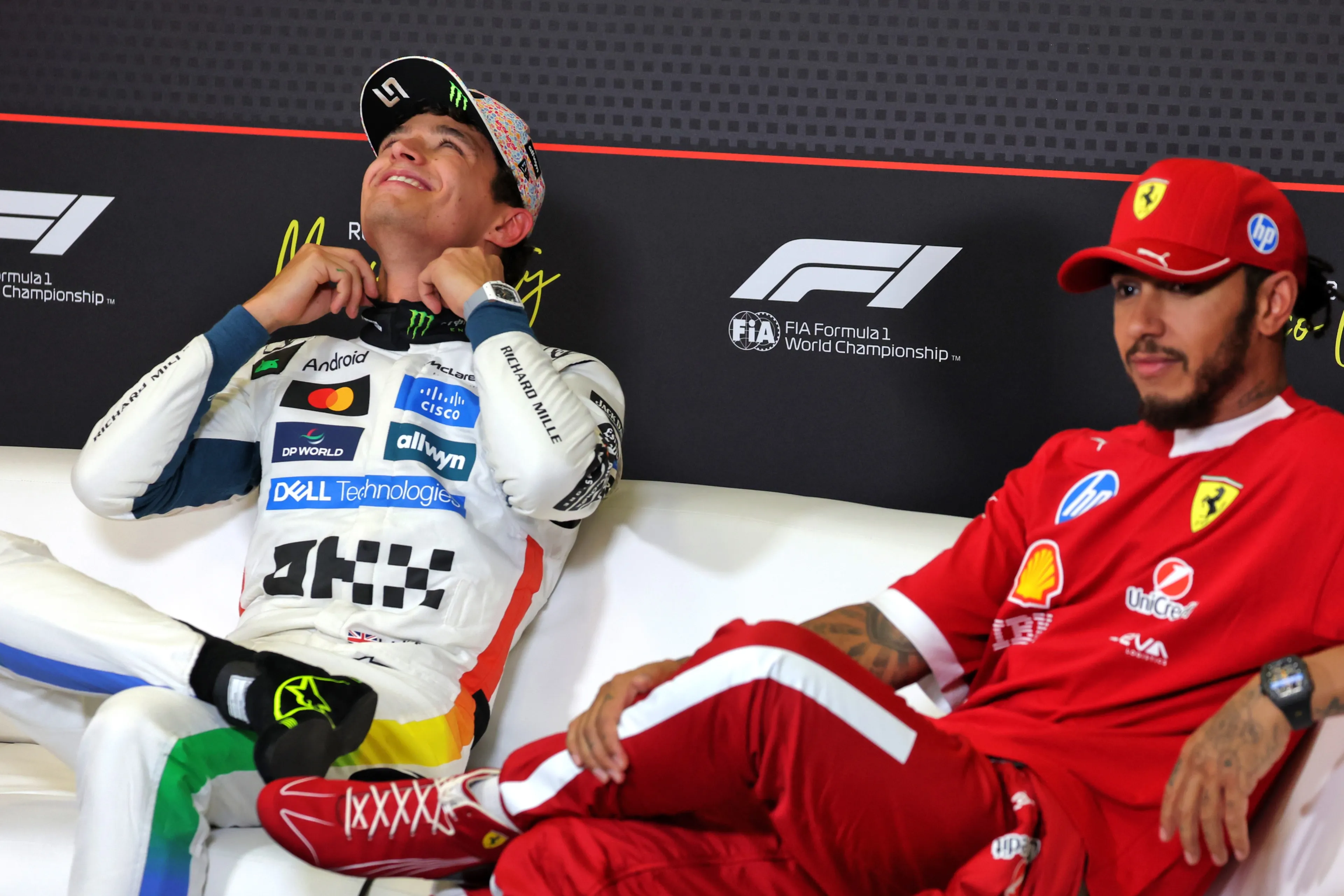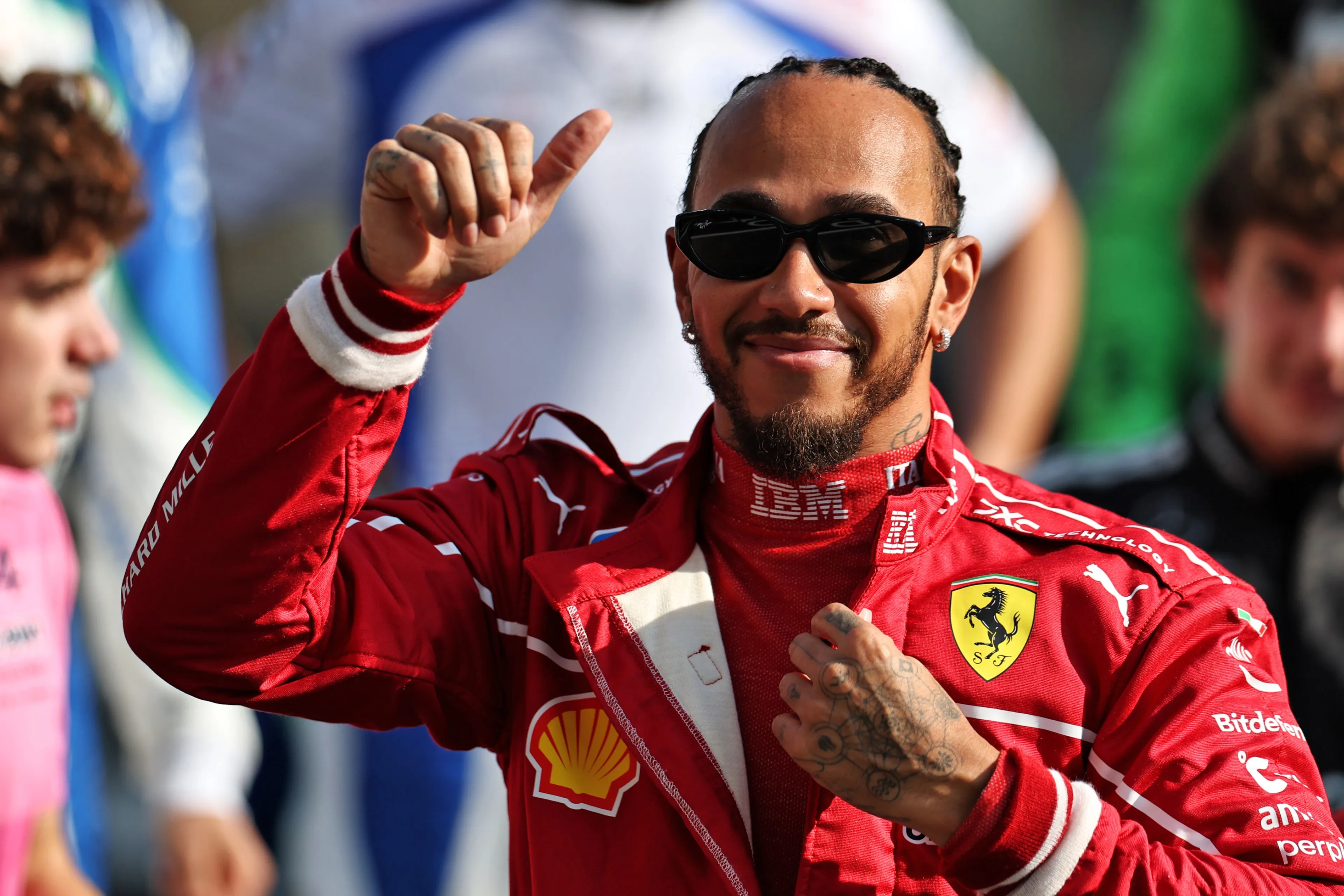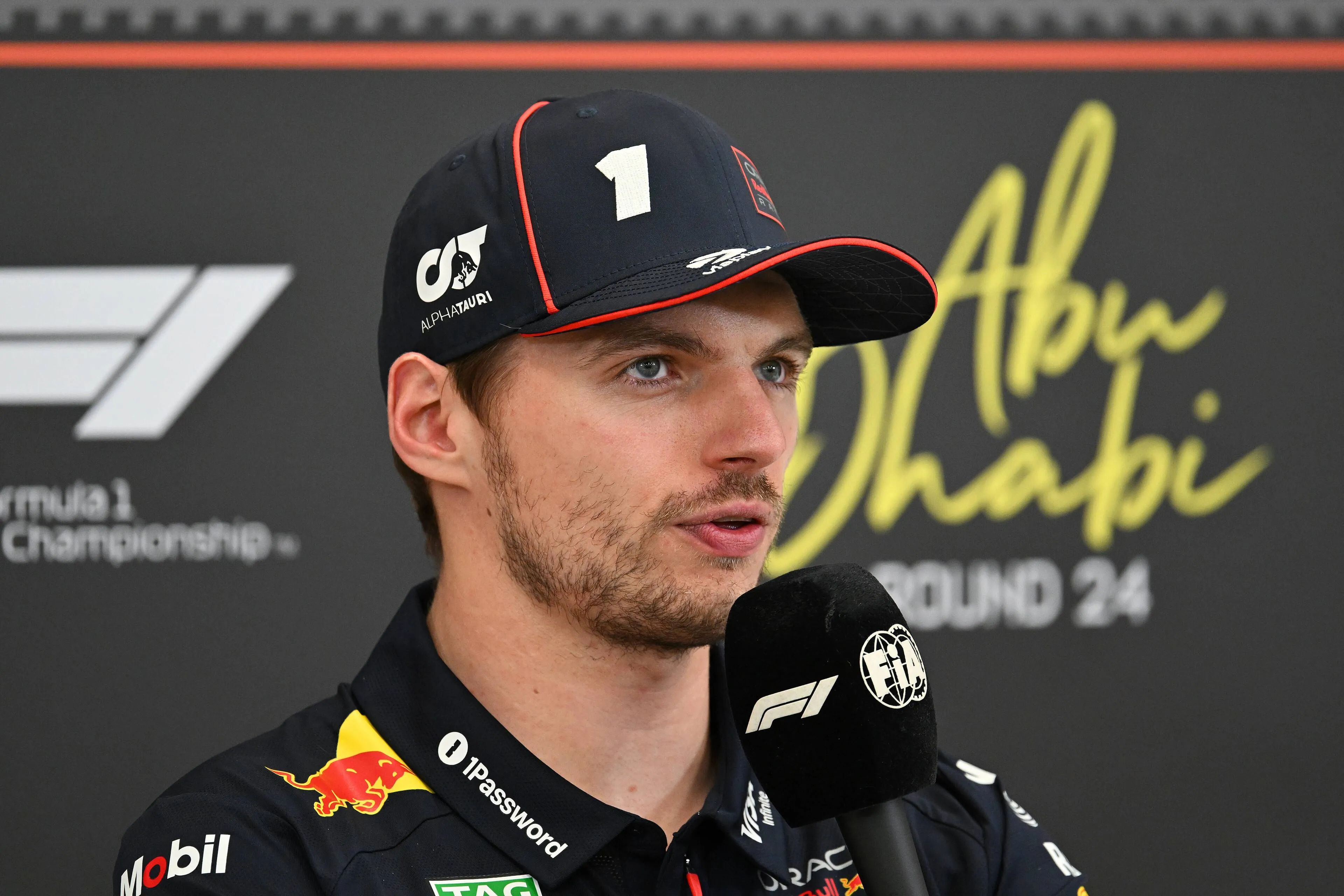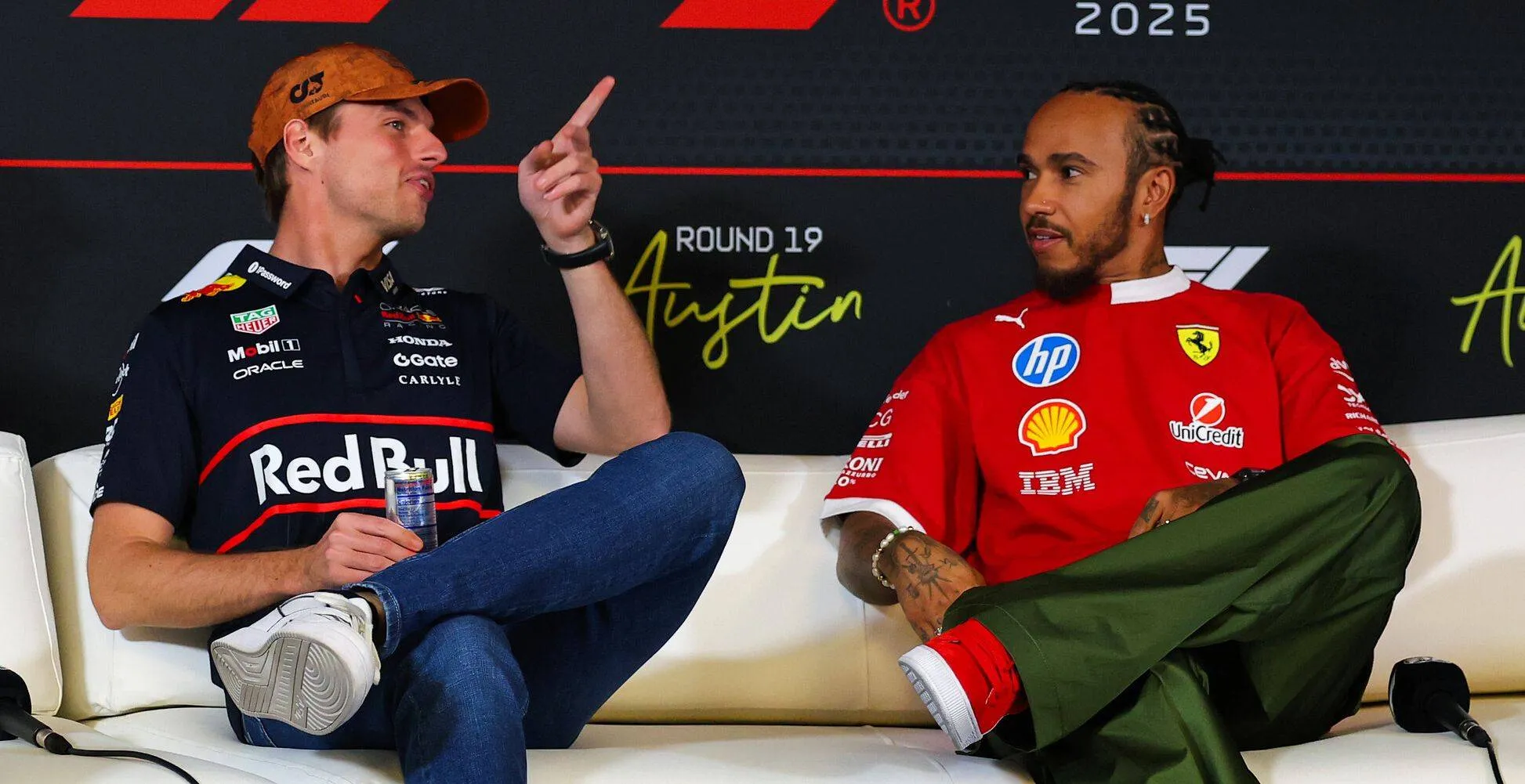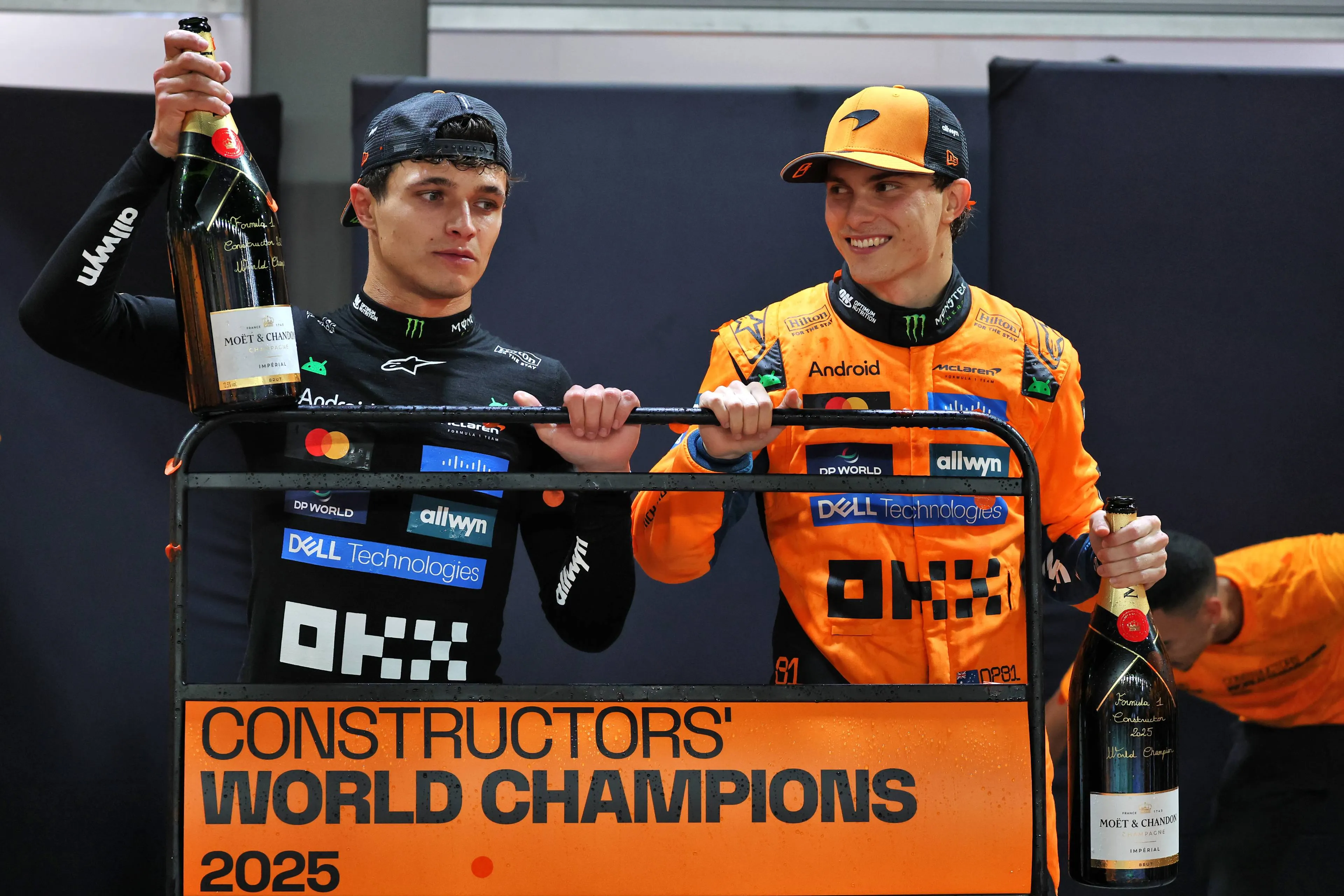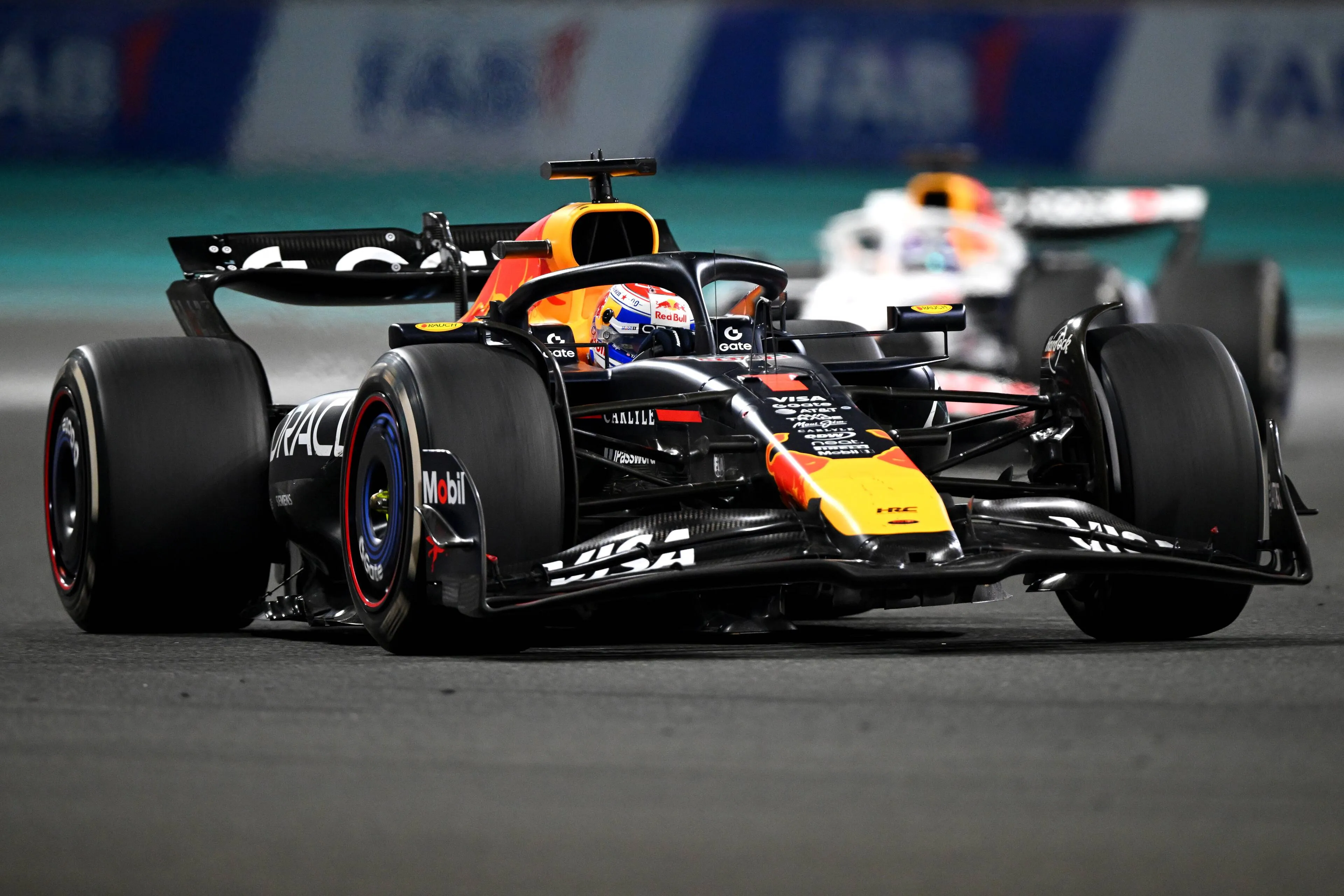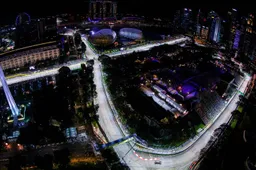Update | These are the rule changes the FIA is making for F1 in 2023
18:42, 19 Oct 2022
8 Comments
For the 2023 Formula 1 season, the FIA is implementing a series of rule changes. Central to this is the floor, which must comply with a number of changes from next year. There will also be a number of other changes that the governing body deems necessary, both technical and sporting. GPblog lists the most important changes.
Aerodynamic changes
The main changes for the 2023 F1 season relate to the floor of the cars and aim to get rid of porpoising once and for all. The FIA argued safety was the main driver for these changes, but that argument was questioned by several teams. The parties have since reached a compromise and the rule changes have been approved by the World Motor Sports Council.
Raising floor edges
The FIA initially wanted to increase the floor edges by 25 millimetres, but it has since been clarified that this has been reduced to 15 millimetres. This after loud protests from F1 teams who had already dealt with porpoising and are therefore simply able to adjust the ride height lower.
In addition to the fifteen-millimetre increase, tests are being introduced to measure vertical deflection. By 2023, a maximum deflection of five millimetres will be allowed in both directions. Currently, there is a maximum permissible deflection of eight millimetres for a downward load and 12 millimetres for an upward load.
By limiting the deflection of the floor, the FIA - combined with the raised edges - wants to make it more difficult to use the outer edges of the floor to seal the underside of the car.
Raising the sides of the floor will make it more difficult for teams to physically seal the rear part of the venturi tunnel* from ambient air pressure. Currently, it is possible to increase downforce from the bottom of the car in this way, with the associated risk of blocking airflow and triggering porpoising.
* Venturi tunnels are slots under the car that generate downforce by accelerating the air underneath, creating an area of low pressure due to the Venturi effect. The effect is to suck the cars towards the ground, so to speak, while creating a minimal amount of dirty air behind the car.
Increasing diffuser throat
The narrowest point in the tunnel of the subfloor is called the 'throat'. At that point, the pressure change is created, accelerating airflow and increasing downforce. The throat is at the back of the tunnel, just below where the driver sits. Air speed increases exponentially in the last few millimetres of space between the throat and the ground. At some point, however, that gap can become too small, causing the flow to stall. The FIA wants to mandatorily raise the diffuser throat to make the underside of the car more tolerant to changes in dynamic ride height.
Precise sensors for vertical forces
Starting at Spa-Francorchamps, the vertical forces of the bolides will be measured by sensors, originally designed to record the impact of crashes. These sensors will therefore fulfil a dual function for the rest of this season, but for 2023, there will be specific sensors to measure vertical forces more accurately.
Weight
The minimum weight of the cars will go down slightly. A minimum weight of 796 kilograms will apply in 2023, down from 798 kilograms in 2022. This change comes after the minimum weight for the 2022 F1 season was revised upwards as the majority of teams struggled to get the car to weight.
Stricter front wing guidelines
During the GP weekend in Canada, Mercedes caused a stir with the introduction of a remarkable front wing fitted with all sorts of flaps, intended to create more downforce. However, the FIA will allow less freedom in front wing design in 2023, meaning we will most likely not see such an "extreme" design again.
Changes to roll bar
Following Guanyu Zhou's terrifying accident at the British Grand Prix, modifications to the rollbar were deemed necessary after the component proved unable to withstand the impact of the crash and broke off as a result. The part must be able to withstand heavier loads and be able to withstand an impact of 15G with the ground. Also, from 2023, the roll bar must be able to withstand both forward and rearward forces.
Another change in terms of safety will be made to the mirrors. The surface area of the mirrors will be increased to provide better “blind-spot” visibility and improvement of brake circuit definition.
Fuel temperature
After fuel temperature issues arose several times during the 2022 F1 season, the FIA decided to make a rule change. Whereas in 2022 the fuel must not be colder than 20 degrees Celsius, from 2023 the temperature must not be more than 10 degrees below the ambient temperature. In cold weather, an overall minimum temperature of ten degrees Celsius will apply. The ambient temperature will be recorded one hour before a practice session or three hours before the race by a weather service designated by the FIA.
Tyre use during qualifying
Things are also going to change during two qualifying sessions next year. As a test, drivers will be required to use specific tyre types during each part of the qualifying session in question. This will reduce the total number of tyre sets allowed during a race weekend from 13 to 11.
During the two qualifying sessions in which this test is conducted, drivers will be given four sets of softs instead of eight, while the number of mediums and hards will be increased from three to four. During each stage of qualifying, drivers have to use a different compound: In Q1 it is the hard tyre, in Q2 the medium tyre and in Q3 the soft tyre.
Sprint races
As announced earlier this season, there will be not three, but six sprint weekends in 2023. This was also what the FIA initially envisaged for the current F1 season, but the governing body did not reach an agreement with the teams on this. In 2023, the number of sprint races will be doubled compared to 2022.
Curfew
To provide more relief to F1 teams' mechanics given the jam-packed calendar, adjustments will also be made to the rules regarding the curfew. Whereas the curfew currently goes into effect 13 hours before the start of FP3, it will become 14 hours in 2023. In 2024, it is planned to go to 15 hours.
Fewer exceptions will also be granted. Friday exceptions remain the same: they are still allowed twice a year, but there will be a big cut in the number of exceptions on the days before. Whereas eight exceptions are currently possible on Wednesdays, that number will go to four in 2023 and then to two in 2024. On Thursdays, that number goes from six to three in 2023 and eventually to two exceptions in 2024.
Update | Grid penalties
Following the considerable confusion surrounding the application of grid penalties for the Italian GP, it became clear that the FIA needed to take another look at the relevant rules. Accordingly, on 19 October, the governing body released a new version of the regulations for both 2022 and 2023, clarifying the application of grid penalties.
For 15-place grid penalties or less, drivers will be allocated a temporary starting position equal to their qualifying result plus the grid penalty. If this puts two or more drivers in the same position, the order will be determined based on qualifying times. In that case, the driver with the slowest time will keep his temporary position and the drivers with faster times will move ahead of him.
After this, drivers without grid penalties will be allocated the unoccupied starting positions in order of their result in qualifying. After this allocation, drivers with grid penalties will move up to any unoccupied starting positions. For drivers with more than 15-place grid penalties, they must start behind every other classified driver. If this applies to several drivers, the result of qualifying will be used to determine the order.
For drivers who did not set a time during qualifying but have been given permission by the stewards to start, they will be allocated a starting place behind all classified drivers. In this case, the relative order is determined by the classification in FP3, or FP1 if it is a sprint weekend. If a driver has no time to his name due to a disqualification, he will start behind the drivers who did not manage to qualify for other reasons.
In addition, for 2023, the rule is going to be that no more than five places grid penalties will be imposed for replacing gearbox parts. In 2022, it appeared that the timing of making changes to the gearbox could affect the order of imposing grid penalties, but from next year there can be no more confusion about this. When replacing multiple parts, the maximum grid penalty will apply to one part, rather than a sum of penalties for each part.
Read more about:
Popular on GPBlog
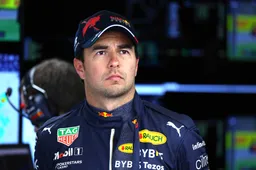
1
Perez on replacing Hamilton: 'Never expected to make this move'
7374 times read
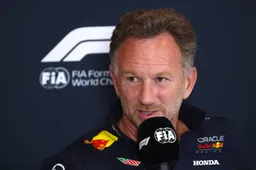
2
Christian Horner wants to buy Alpine - and that’s bad news for Red Bull
2339 times read
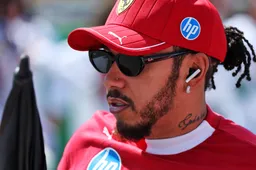
3
Hamilton backed for eighth title as Andretti refuses to write F1 star off
1606 times read
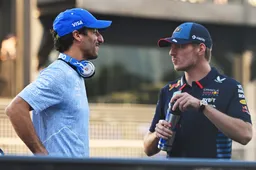
4
Max Verstappen and Daniel Ricciardo reunite in Red Bull video as Ford challenge ends in surprise result
1132 times read
Loading


